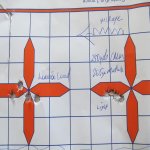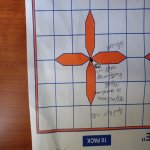Scales are basically sold according to the metric system with a coversion to other units of measurement.
So they come in different levels of "readability" 0.1, 0.01, 0.001, 0.0001, or they may confuse things by specking it out as 0.1mg, 0.001 mg etc
So a milligram balance will read in grains increments of 0.02 grains, An analytical balance will read in increments of 0.002 grains.
Accuracy is usually but not always about plus or minus twice the readability. So a miligram scale that reads in 0.02 grains is accurate to 0.08 grains. an analytical balance will read 0.002 grains is generally accurate to 0.008 grains.
Obviously cost will affect this. You can get $40 scales on Amazon that displays to 0.02 grains but they are fake posers. I'm really talking about the better scales that will generally cost upwards of $600 for a milligram balance and upwards of $100 for an analytical balance.
Basically an analytical balance is ten times more accurate than a milligram balance. For primers you truly need analytical balance accuracy.
OK. Thanks for the explanation. I was confused by the term "analytical," as it denotes a qualitative, rather than quantitative, distinction between the two types you mention. I'm guessing that you got the costs backwards in your explanation--i.e., that the "analytical" balance costs upwards of $600, whereas the milligram balance costs upwards of $100. Can you give us an example of a commercial "analytical" balance that is available to us handloaders?











































































